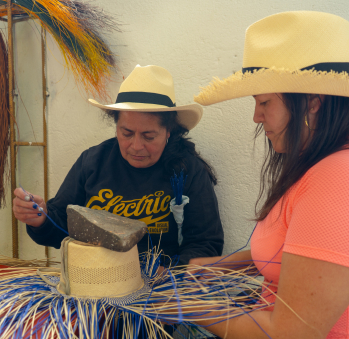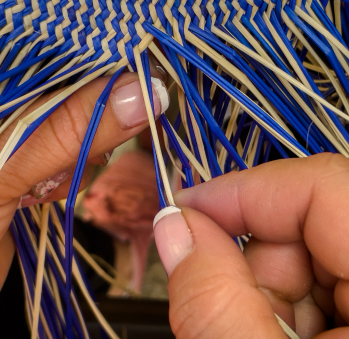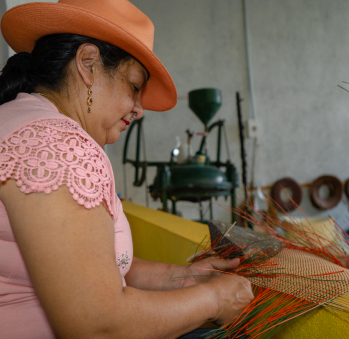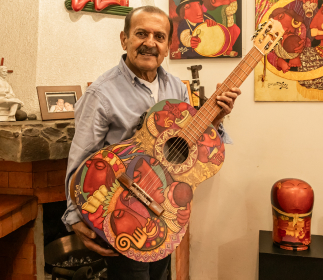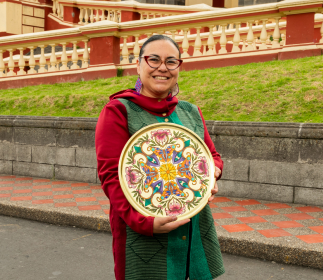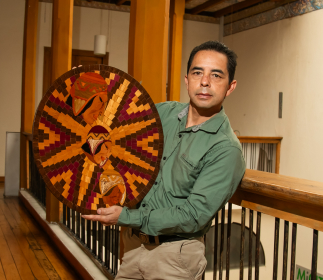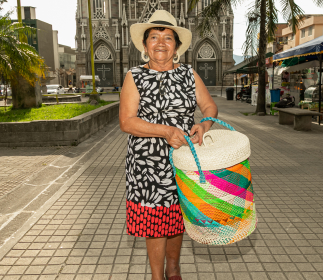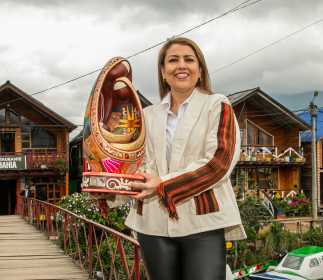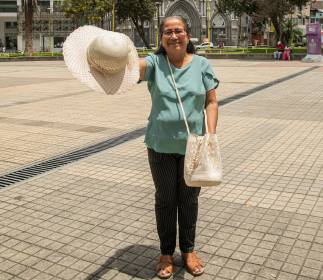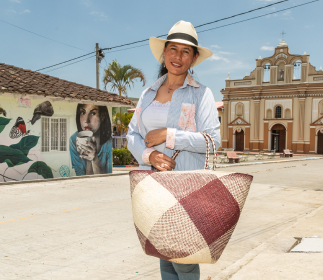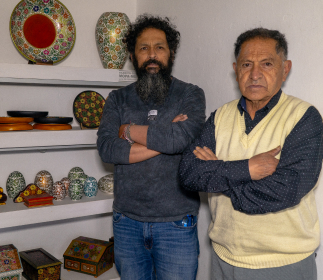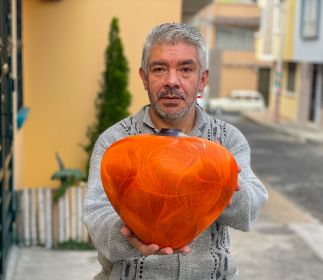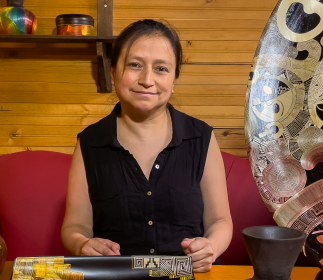Fanny del Carmen Paredes Montero
Workshop: Artesanías y sombrería Derby
Craft: Tejeduría
Trail: Sandoná - Pasto Route
Location: Sandoná, Nariño
Fanny is a fourth-generation craftswoman. The tradition she is part of began with María and continued with Laura and Inés. They were all Iraca palm or toquilla weavers: connoisseurs of all the sandoneño hat’s secrets. They spent years perfecting the fine-weaving technique of the Panamá hat, which, curiously, had always been made in Nariño.
She vividly remembers her grandmother telling the story of how the trade became so popular. In the 1970s, a “gringo” started promoting the development of the ware in question in Sandoná. This would, in turn, put the town at the center of the crafting world. Years later, the craft would be awarded the denomination of origin and the Icontec Handcrafted quality seal.
The entirety of Sandoná, which had always been a town of weavers, started making hats. Shipments of perfectly harvested, cooked, shredded, and dried Iraca began arriving constantly from Linares, a village located about an hour and a half away from Sandoná. The children of this peaceful town grew up surrounded by the palm’s white fibers. Both men and women wove, and the families’ livelihoods started relying on the hats.
Fanny remembers her childhood and how she lived among weavers. She laughs when she recalls her mother’s reaction to Artesanías de Colombia’s suggestion of adding color to their wares. She was horrified: “They will look like clowns!” she said. She eventually gave in to the idea, however, when she saw both how beautiful the new wares were and how this change could open up new paths for the trade. One of said paths led to the National Beauty Pageant and the making of the Sombrero Real (Royal Hat), which was fashioned by Fanny’s unbelieving mother. It got featured in several fashion magazines and caught the attention of designers who were eager to collaborate with its creator such as Hernán Zajar, Juan Pablo Socarrás, and María Luisa Ortiz, among others.
And so, having mastered their craft, over time they became entrepreneurs. They sought inspiration in soap opera actresses; diversified their hat weavings with twisted, marbled, laced, and double-strawed designs; expanded their portfolio of products; and started attending fairs where they could offer their wares in Bogotá, Cali, San Andrés, La Guajira, Medellín, and Santa Marta. They also learned how to make handbags, purses, jewelry, bracelets, dolls, and baskets. Today, Artesanías Derby (Derby Crafts) has a store filled with all sorts of items for sale, and its operation benefits 50 families.
Craft
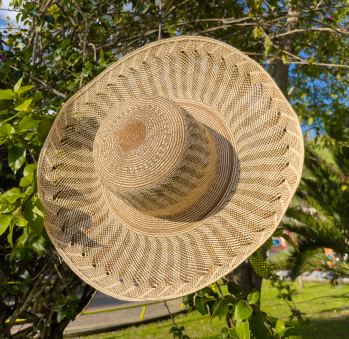
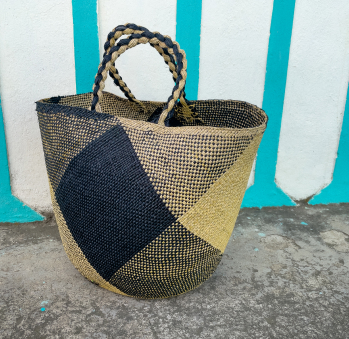
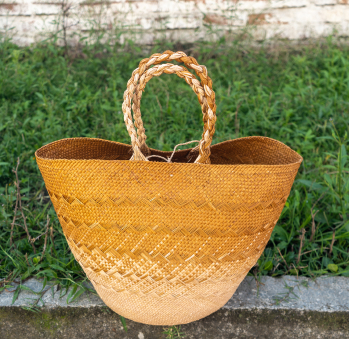



Artisans along the way
Artisans along the way
No puede copiar contenido de esta página








































